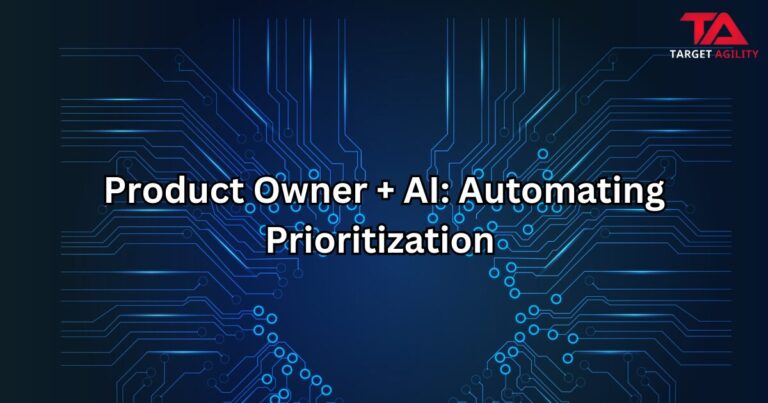In the world of creating new stuff, having a plan is like having a map. For teams building things, that map is called a product backlog. But there are so many ways to decide what’s most important on that map. In this blog, we’ll look at different ways to prioritize and help you find the best one for your team.
Why Prioritization Matters:
Imagine you’re cooking a meal. You wouldn’t start with dessert if you haven’t cooked the main course. Prioritizing in product development is like deciding what to cook first so you serve the best meal to your customers. It helps teams focus on what’s most important and deliver better results.
Different Ways to Prioritize:
1.Must, Should, Could, Won’t (MoSCoW) Method:
- What it does: Sorts tasks into four categories based on importance.
- When to use: Great for projects with clear, non-negotiable requirements.
2. Kano Model:
- What it does: Helps you understand what makes customers happy or unhappy.
- When to use: Useful for knowing what features will satisfy your customers the most.
3. Value vs. Complexity:
- What it does: Ranks tasks by how much they’re worth versus how hard they are to do.
- When to use: Good for balancing high-value tasks with how tricky they are to complete.
4. Eisenhower Matrix:
- What it does: Sorts tasks by how urgent and important they are.
- When to use: Handy for figuring out what needs attention right away.
5. Buy a Feature:
- What it does: Involves stakeholders in ‘buying’ features with a limited budget.
- When to use: Gets stakeholders actively involved in deciding what’s most important.
Choosing the Right Way:
1. Know Your Team:
- Understand what your team cares about most. Do they want to try new things quickly, or is making customers super happy the top goal?
2. Think About the Project:
- Big projects might need a different method than smaller ones. Some methods work better for complicated stuff, and others for simpler things.
3. Ask Your Team and Stakeholders:
- Talk to your team and the people who care about what you’re building. Their opinions can help you pick the best method.
4. Try Different Things:
- Don’t be afraid to test different ways. What works might change depending on your project, so keep trying until you find what fits best.
Conclusion:
Choosing how to prioritize tasks in your product backlog is like picking the best route on a map. There’s no one right way, but by understanding your team, your project, and trying different methods, you’ll find the best way to deliver what matters most to your customers.











